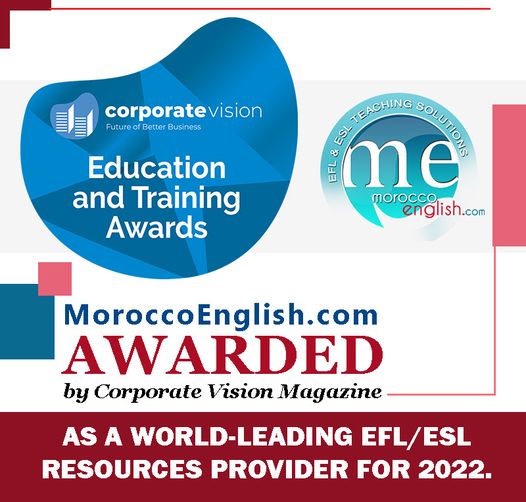TO READ OR NOT TO READ… THERE IS NO QUESTION
Reading is the process of looking at a series of written letters and making sense out of them. When we read, we use our eyes to receive written drawings such as letters, punctuation marks and spaces and we use our brain to convert them into words, sentences and paragraphs that communicate meaningful messages to us. Reading is also a multifaceted process involving word recognition, comprehension, fluency, and motivation.The purpose of reading can be greatly enhanced by activating prior knowledge while previewing and utilizing text structure. Reading also allows learners to enrich their vocabulary as they experience wordings in a variety of contexts.
Furthermore, If students get used to the joy of reading, they will improve their speaking skills and become eloquent speakers. Therefore, if anyone wishes to learn a language notably a foreign language, reading would assist them and greatly broaden their vocabulary, thus helping them in speaking and writing.
In short, reading is considered to be a highly valuable skill and activity. Consequently, it is recommended that English learners try to read as much as possible in English.Nevertheless, today, the issue that rises itself is that most classroom teachers find difficulties in teaching reading skills even to the most studious learners.
Indeed, reading remains one of the most challenging skill to teach in a classroom setting. So many teachers, novice and experienced, still complain about how students are reluctant when it comes to reading. It takes teachers some persistence to help students read. However, the most vital questions that remain unanswered are :Would making students read encourage them to learn? How can a teacher inspire students to read? How can students enjoy reading and show some desire to read on their own?
None of the above questions have one straight answer because students nowadays are different kinds of learners. Additionally, the purpose of reading today has nothing to do with the purpose of reading just less than 30 years ago. In fact, today’s reading skills is no more about how to read but where to seek information and how to decode and decipher the content in reading.
As a result, classroom teachers should embrace a new vision about the purpose of reading and bring some fresh ideas in approaching reading. It is imperative for classroom teachers to understand that today’s learners are digital learners and their reading has the tendency to be short and targeted in a classroom setting. To keep students attentive, teachers should use reading as a reinforcement to help students accomplish a specific task and avoid to burden them with limitless content of reading.
As a matter of fact, the longer the task of reading is, the more chances the students lose focus and open doors to boredom and misbehavior.Therefore, classroom teachers have to grasp that their role in teaching reading has to be altered from teaching symbols to deciphering content to be used meaningfully in the real world.
As a conclusion, the reading approach in a classroom setting needs a new wave of ideas to address today’s learners needs. I am a great believer that classroom teachers are the sole who could corner the purpose of reading skills through observations, surveys and implementations of new maneuvering and strategies which are likely to engage learners and trigger their interest in fruitful reading.
Rabahi Yazid M.ED.
___________________________
Download The Article :
Read more articles by Rabahi Yazid M.ED




































